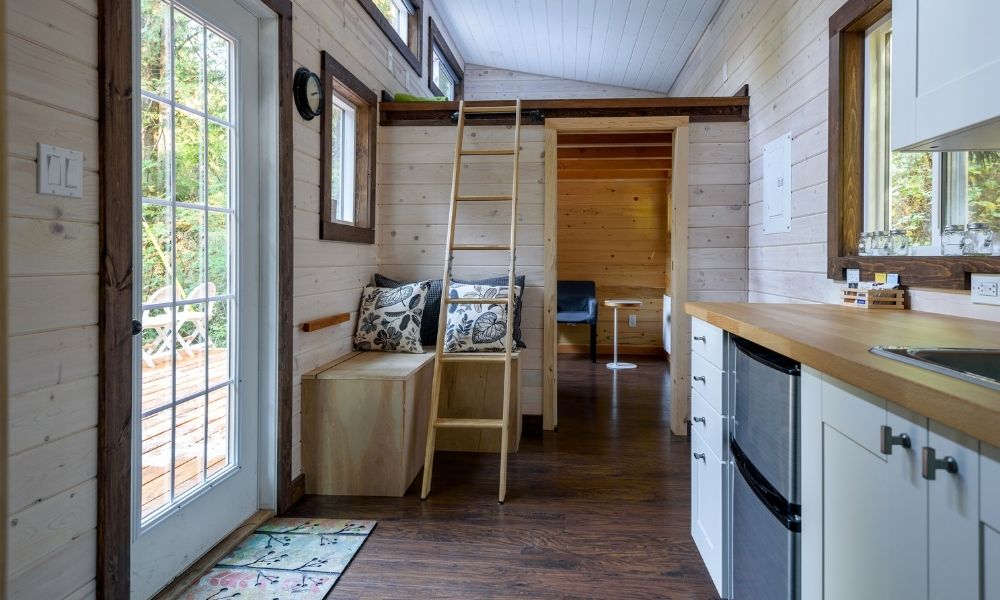Jan 20, 2021
How the Tiny House Movement Started
What’s with these kids and their fun-size homes? As the trend of housing alternatives rises, let’s find out how the tiny house movement started.
Posted by: Amanda Team

The average size of homes within the United States has slowly been increasing through the years. The latest report in 2013 documented that the average home size had grown to approximately 2,662 square feet. Individuals with greater resources and incomes have accounted for much of this increase in size, but larger homes aren’t necessarily not ideal for newer, lower-income, or environmentally conscious homeowners. Enter the tiny home, a housing alternative that cuts down on costs and environmental impact. But where did these homes come from? Let’s investigate how the tiny house movement started.
What Tiny Homes Are
Not to be confused with trailer homes, prefabricated tiny homes can be built to be mobile or built on a proper foundation to provide the same amenities of any other typical home. These homes are typically under 600 square feet and thus far more affordable than traditional homes. They’re also more environmentally conscious thanks to how much space they save, and much fewer resources are required to keep them operating.
Origins of Tiny Homes
The idea of small homes and simple living has always been around in the forms of cottages and cabins. However, the tiny house movement is about providing the same amenities and quality you’d find in a normal home, just on a much smaller scale. The tiny house movement started in 1999 with Jay Shafer, an advocate of simple living. He established the Tumbleweed Tiny House Company to provide small, mobile housing that was easily constructed and shipped to consumers.
The Housing Bubble
The tiny home movement would grow even larger during the United States’ Great Recession in 2008–2009. As the housing market crashed and many homeowners found themselves filing for foreclosure, the homeless population rapidly increased. Tiny homes became attractive solutions for their affordability and greatly increased interest and awareness in housing alternative markets.
The economy has since made great strides in recovery from the recession, but tiny homes are still great options for students, single homeowners, and young couples looking for their first homes with modest budgets.
Previous Article Next Article